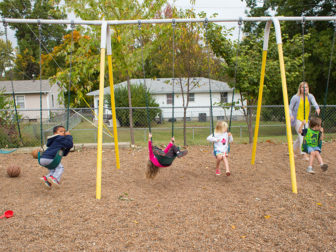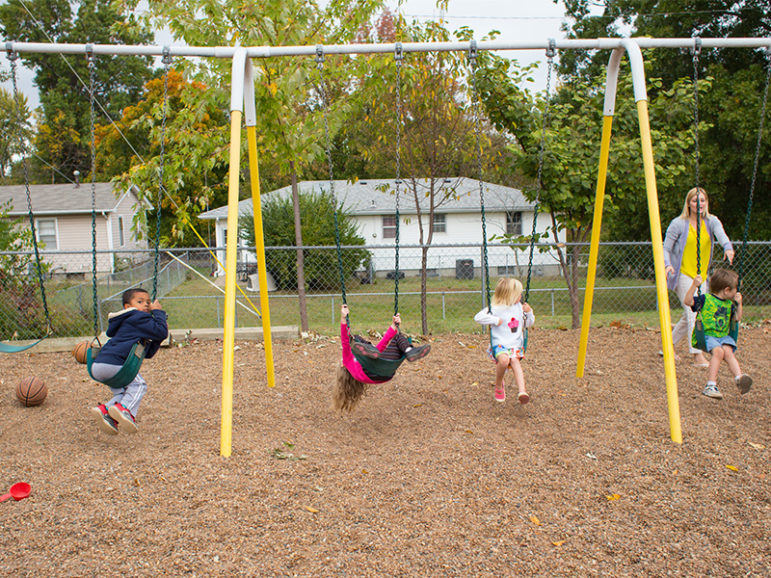
By the numbers, the Supreme Court’s decision in Trinity Lutheran v. Comer would seem to indicate a pretty solid consensus on an interpretation of the First Amendment’s guarantee of religious free exercise. In fact it is anything but.
The case involved a church’s application to a Missouri grants program to help public and private schools resurface their playgrounds with recycled tires. The application was disqualified on the grounds that it violated the state’s constitutional ban on providing public funds to churches.
By a 7-2 margin, the Court determined that the disqualification violated the Free Exercise Clause. Writing for the Court, Chief Justice John Roberts argued that it had been based on the applicant’s status as a church rather than on the use to which the funds were to be used. And the use — protectinbg youngsters from injury — was secular.
On its surface, this seems like a reasonable distinction.
In his opinion, Roberts relied heavily on Locke v. Davey (2004), where the court upheld the constitutionality of Washington State’s refusal to allow a young man to use public scholarship funds to obtain a degree in devotional theology. It was not the man’s status as a would-be minister but the use to which he wished to put the scholarship that could be barred by a state that doesn’t wish to underwrite the education of clergy.
But despite getting seven votes, Roberts lacked a majority of the court for his analysis.
In a short concurrence joined by Clarence Thomas, newbie Justice Neil Gorsuch rejected the status-use distinction on the grounds that constitutional free exercise covers both. “I don’t see why it should matter whether we describe the benefit, say, as closed to Lutherans (status) or closed to people who do Lutheran things (use),” he wrote. “It is free exercise either way.”
At the other end of the church-state spectrum, the distinction was also rejected by the two dissenters. Writing for herself and Ruth Bader Ginsburg, Sonia Sotomayor contended, “The playground surface cannot be confined to secular use any more than lumber used to frame the Church’s walls, glass stained and used to form its windows, or nails used to build its altar.
Meanwhile, there’s the curious opening disclaimer that Roberts “delivered the opinion of the Court, except as to footnote 3.” Footnote 3 reads:
This case involves express discrimination based on religious identity with respect to playground resurfacing. We do not address religious uses of funding or other forms of discrimination.
While we are not told who “delivered” the footnote, it clearly is in there to satisfy Stephen Breyer, whose separate concurrence indicates that he went along with the result on other grounds, and wanted no part of the Chief Justice’s Free Exercise analysis.
Thus, Roberts could get only three justices — Stephens, Alito, and Kagan — to accept his approach — making Trinity Lutheran pretty much of a dud when it comes to advancing our Free Exercise jurisprudence.
The problem is that an intellectual case can be made that anything can count and nothing can be excluded when it comes to religious free exercise. But the issue in Trinity Lutheran, as in Locke v. Davie, really has to do with religious establishment — the endorsement or subsidizing of religion.
In an amicus brief, the American Jewish Committee points out that the playground resurfacing “likely would not be perceived by the public as advancing the church’s religious mission.” When it comes to barring religious establishments, public perception matters.
In the Trinity Lutheran decision, it doesn’t.






